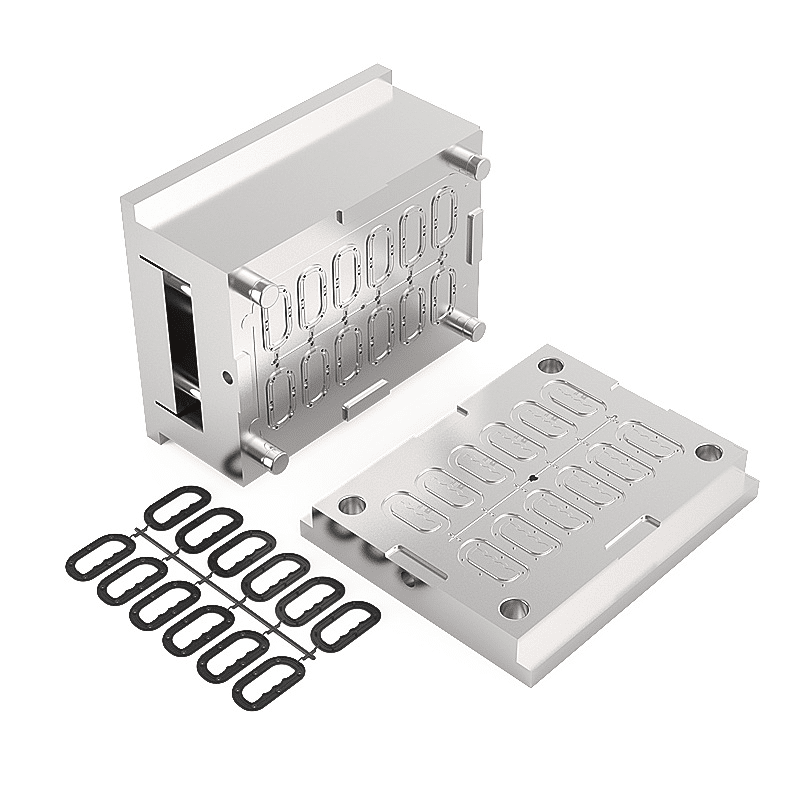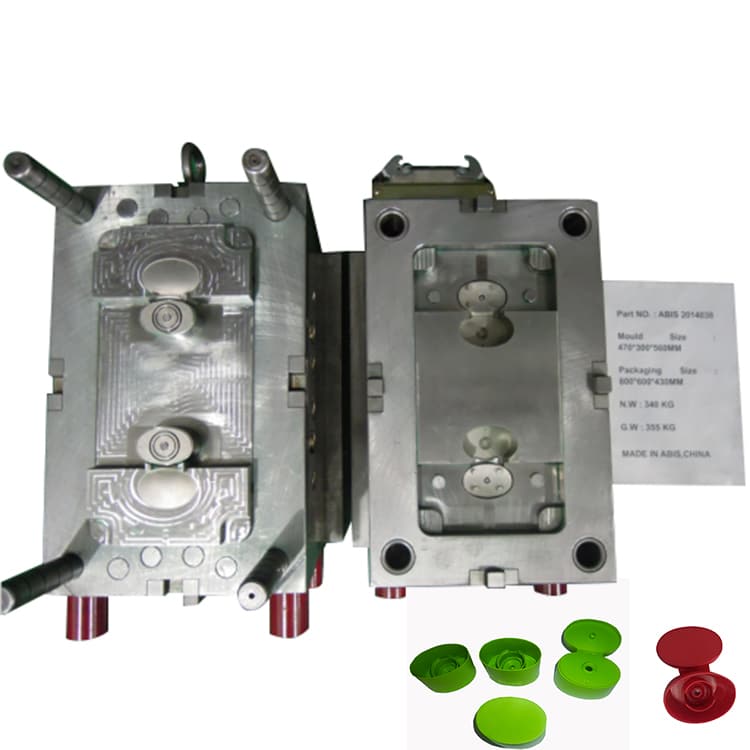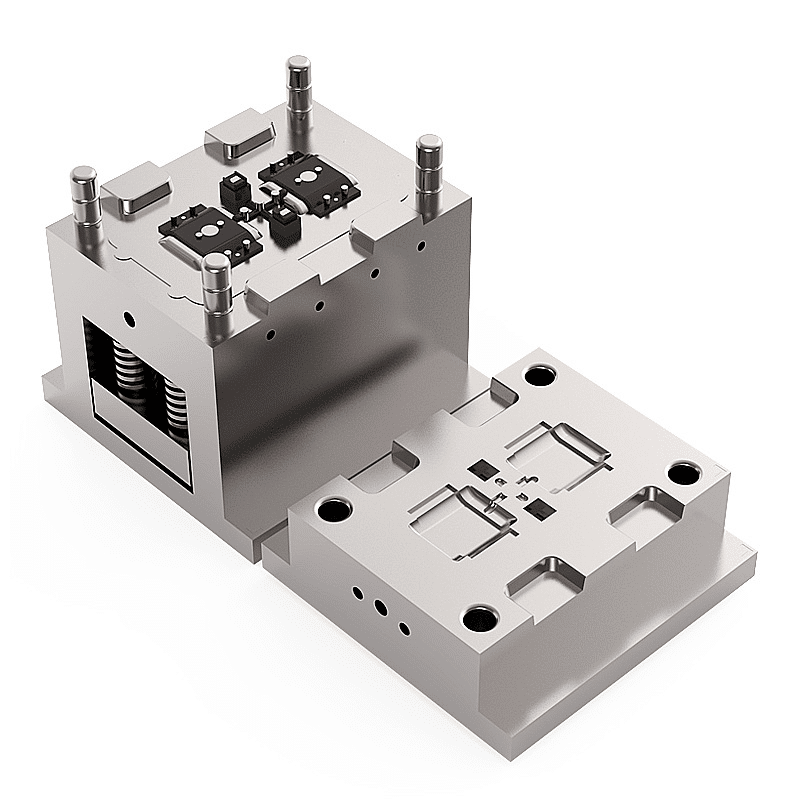First, the cause of the dent
The thickness of each part of the product is different
Mold internal pressure is insufficient
Mold cooling is not sufficient
Deformation due to insufficient cooling time

2. Related knowledge
In the process of producing products, dents are the highest frequency of adverse phenomena, the plastic injected into the mold occurs volume shrinkage when cooling, the early cooling part that the surface is first hardened, the interior will produce bubbles, the so-called dents, that is, the cooling slow part in the direction of the bubble contraction produced a prominent concave.
Materials with high shrinkage are also prone to dents. When changing the forming conditions to remove dents, the setting conditions should be set in the direction of retraction. That is, the mold temperature and barrel temperature are reduced, and the injection pressure is increased, but it should be noted that residual internal stress may be caused.

Because the indentation is not obvious, so if it does not affect the appearance, it is deliberately processed into a corrosion pattern on the mold, such as striate, granular, etc. In addition, if the molding material is HIPS, it is also effective to reduce the mold temperature to reduce the finish. However, once these methods have dents, it is difficult to repair polished products.
Third, the solution
Instant: Increase the injection pressure, extend the injection pressure holding time, reduce the cylinder temperature and mold temperature, and force cooling in the place of dents.
Short term: Fill the upper edge where the dent is made. Make this part of the edge thicker when there is a narrow area where the material passes through the indentation.
Long-term: Differences in the thickness of design products should be completely avoided. Easy to produce a dent reinforcement, narrow shape should be as short as possible
Fourth, due to the difference in materials
When the material is formed with large shrinkage, the dent is also large. For example, PE, PP, even if only a little reinforcement, it will produce dents.
V. Reference:
When the temperature is reduced to no dents, if the material in the mold cavity is still under pressure, it should be considered that no dents will be produced. The pressure of the material around the mold in the mold is the static pressure, no matter where it is.
The pressure near the gate part is high, if the material is wide, because of the transfer of pressure to all corners, the pressure difference near the gate and away from the gate is small compared with the overall pressure, there will be no dents, and you can get a product with no residual internal stress. When some of the material flows into a difficult place, there is high pressure in this place, and the pressure in other places is reduced, which will produce dents. This part of the residual high pressure, the internal stress of the product is also large.

In the ideal state, the material temperature rises with the mold temperature, the material fluidity is better, and the injection also changes in the static pressure state.
When changing the molding conditions, the combination of temperature, pressure and time should be made in advance, and the results can be known as early as possible. First of all, after a long time, every small change in pressure is easy to know. It should be noted that the results obtained when the temperature changes should be reproduced after the injection material and when the temperature drops.

